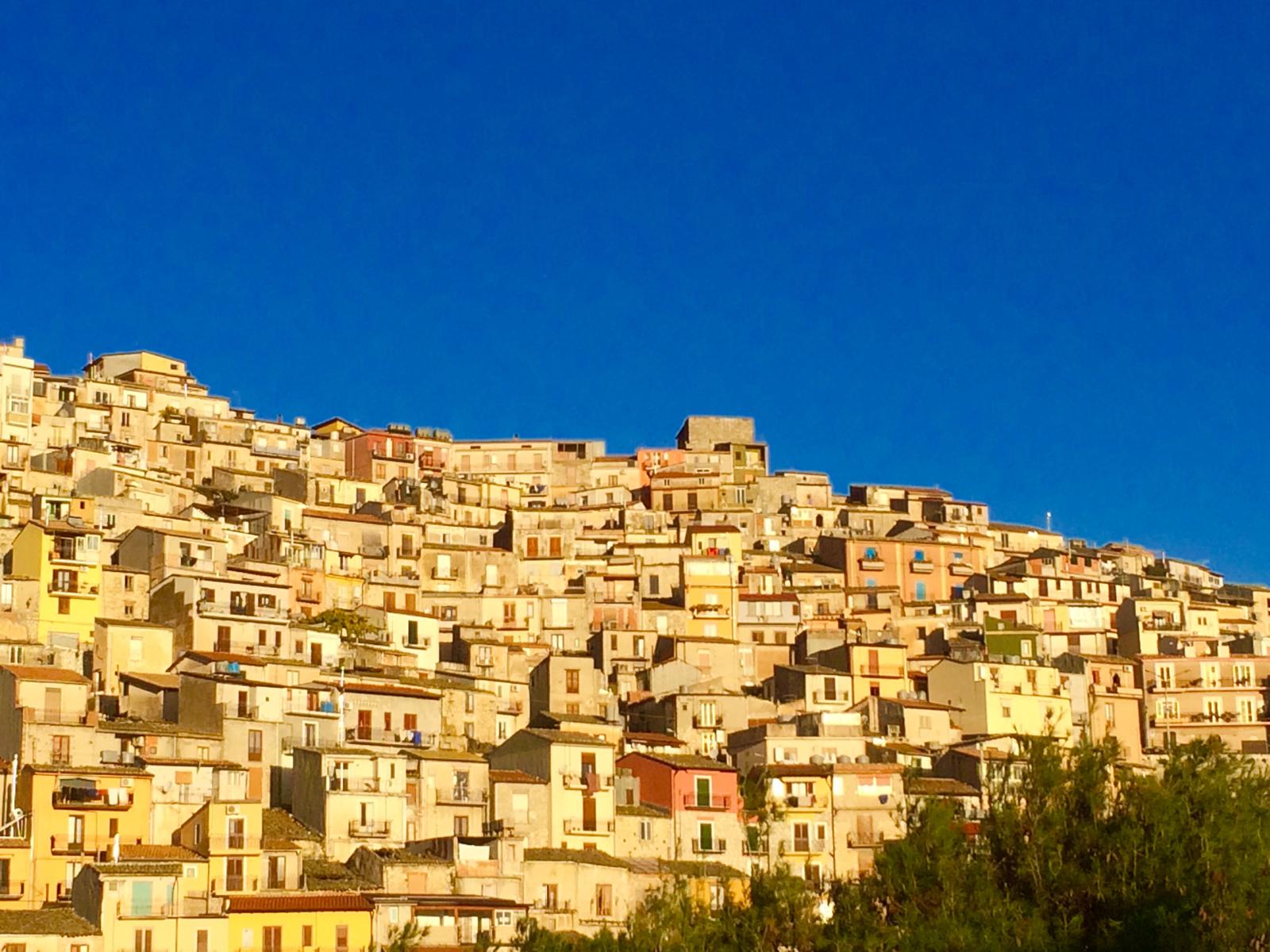
The Territory
Cammarata is a municipality in the province of Agrigento, situated at an altitude of over 700 meters, in the Sicani mountains. Its location, at the foot of Mount Cammarata (1,578 meters), offers unique landscapes and a natural environment rich in biodiversity.
History and Monuments
The origins of Cammarata likely date back to a time before the Arab period, but the current structure of the village developed in the Norman era. During this period, Count Roger of Hauteville donated the land and the castle to the noblewoman Lucia de Camerata, who built the church of Santa Maria di Gesù. In the following centuries, the land was controlled by several noble families, including the Moncada, the Vinciguerra, the Abatellis, and the Branciforti.
The Castle of Cammarata
Built in the 13th century, the castle was the residence of the Lords of Cammarata. Today, only some perimeter walls, part of the original building, and the tower remain, now used for exhibitions and various events. The tower, which is the best-preserved part, was used as a prison until the 1970s and was recently restored.
The Churches
- Main Church of Saint Nicholas of Bari: This three-nave church houses artworks such as a marble ciborium by Andrea Mancino from 1490 and a painting of Saint Anne by Pietro D'Asaro.
- Church of Saint Vitus the Martyr: Known for its artistic works, including the 17th-century painting "Death of the Madonna."
- Church of Saint Domenica (Batia): Formerly a convent of the cloistered Benedictines, now the town hall, it houses works such as the coral Monstrance, a 17th-century gift from Prince Branciforti.
- Church of Saint Dominic: Dating back to 1509, this church houses statues and artworks from the 16th-18th centuries, including a statue of Saint Vincent Ferrer by La Bella and a statue of Our Lady of Sorrows by Giacomo Li Volsi.
- Church of the Madonna of Cacciapensieri: Rebuilt in the 18th century, this church houses the miraculous image of the Madonna and statues by Rosario and Girolamo Bagnasco.
- Church of the Annunciation: A 16th-century church with a pronaos from 1521, known for the Rain Crucifix and a painting attributed to the school of Guido Reni.
- Church of Saint Sebastian: Formerly the civic center of Cammarata, this church preserves statues of Saint Sebastian and Saint Roch, along with the Chapel of the Souls of Purgatory.
The Monte Cammarata Nature Reserve
The Monte Cammarata Nature Reserve covers approximately 2,000 hectares across the territories of Cammarata, San Giovanni Gemini, and S. Stefano Quisquina. Rich in conifers and broadleaved trees, the reserve offers scenic trails and picnic areas. Visitors may encounter a great variety of endemic flora and, with luck, protected wildlife. The Quisquina Hermitage, with the cave of Saint Rosalia and the adjoining convent, is a must-see.


